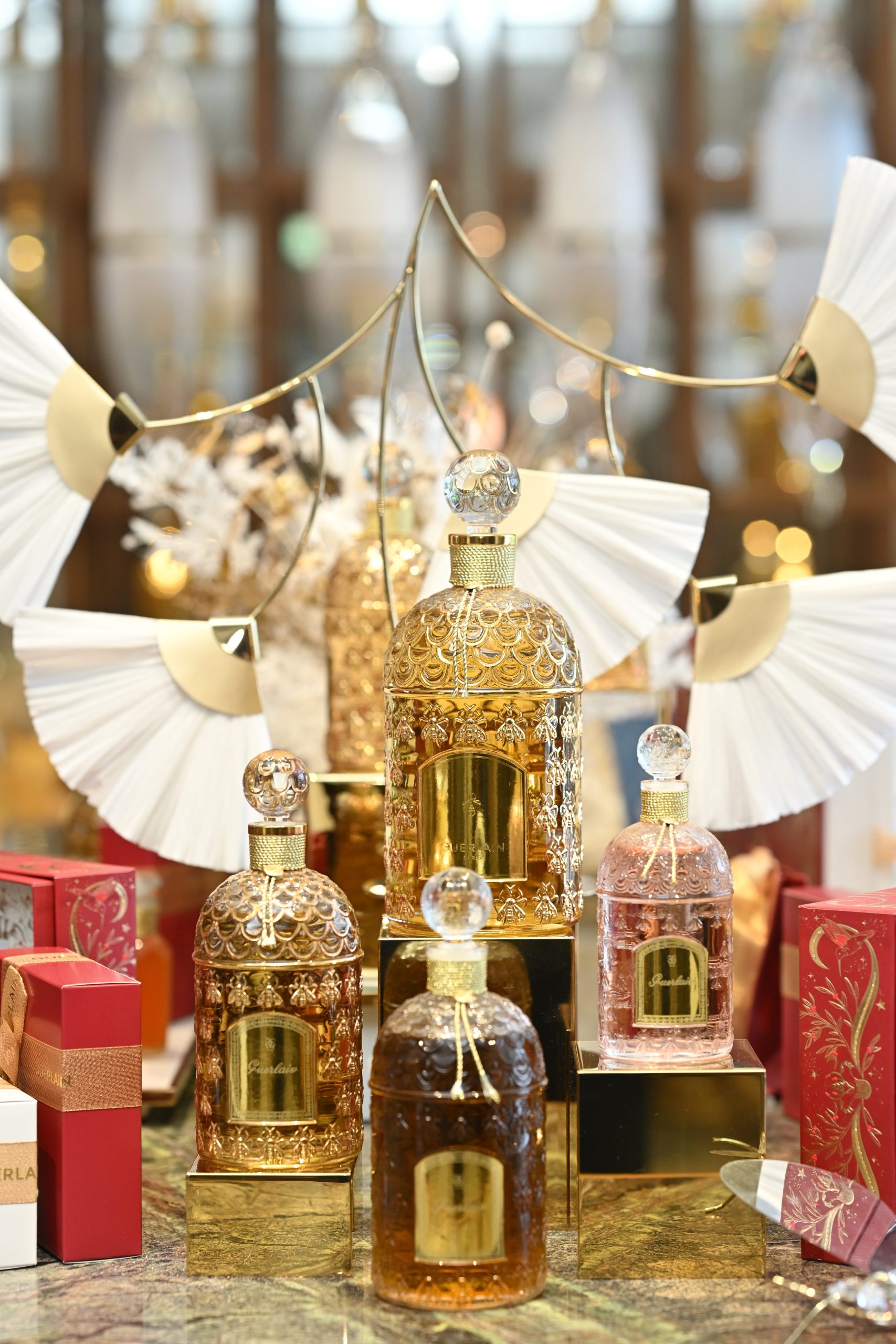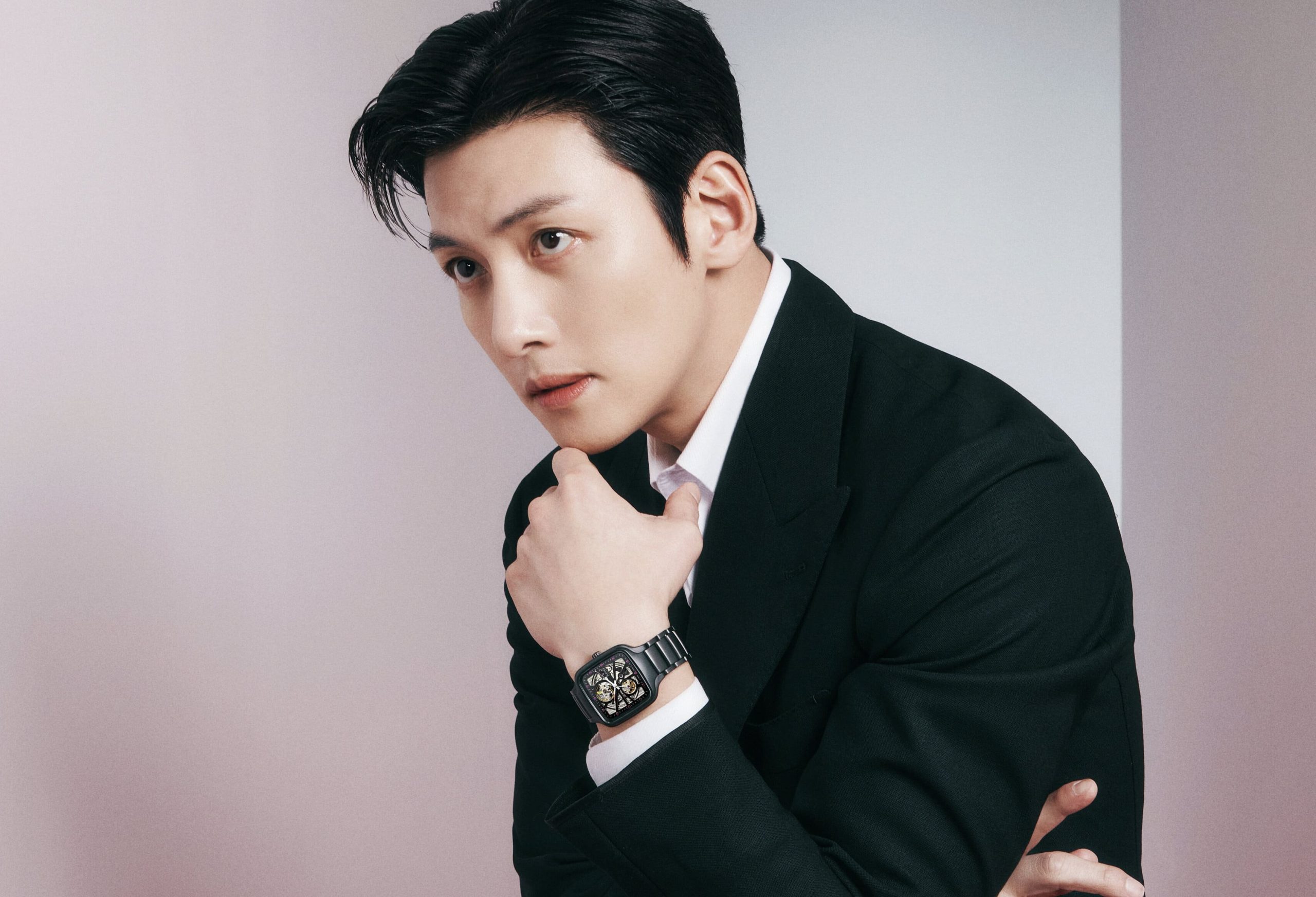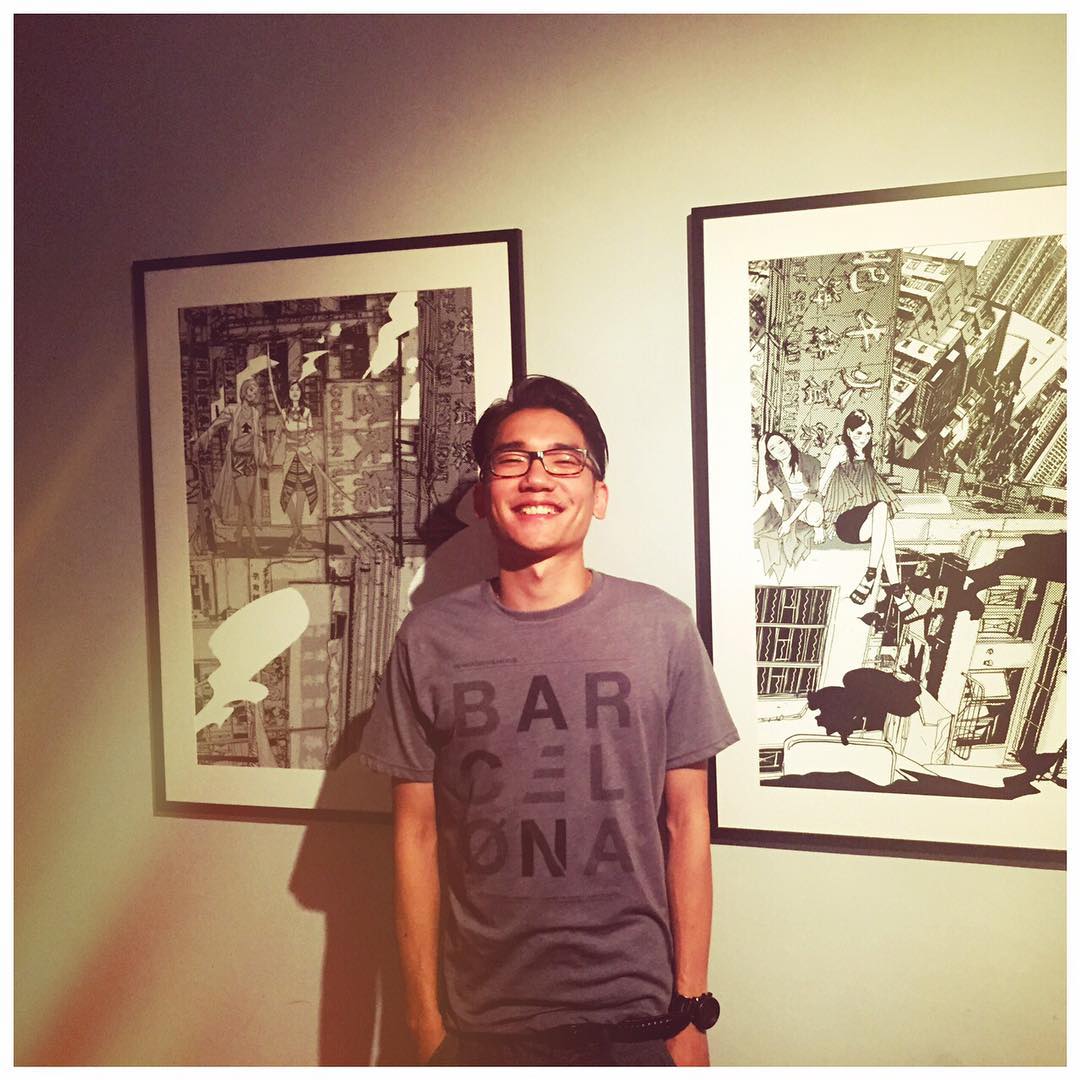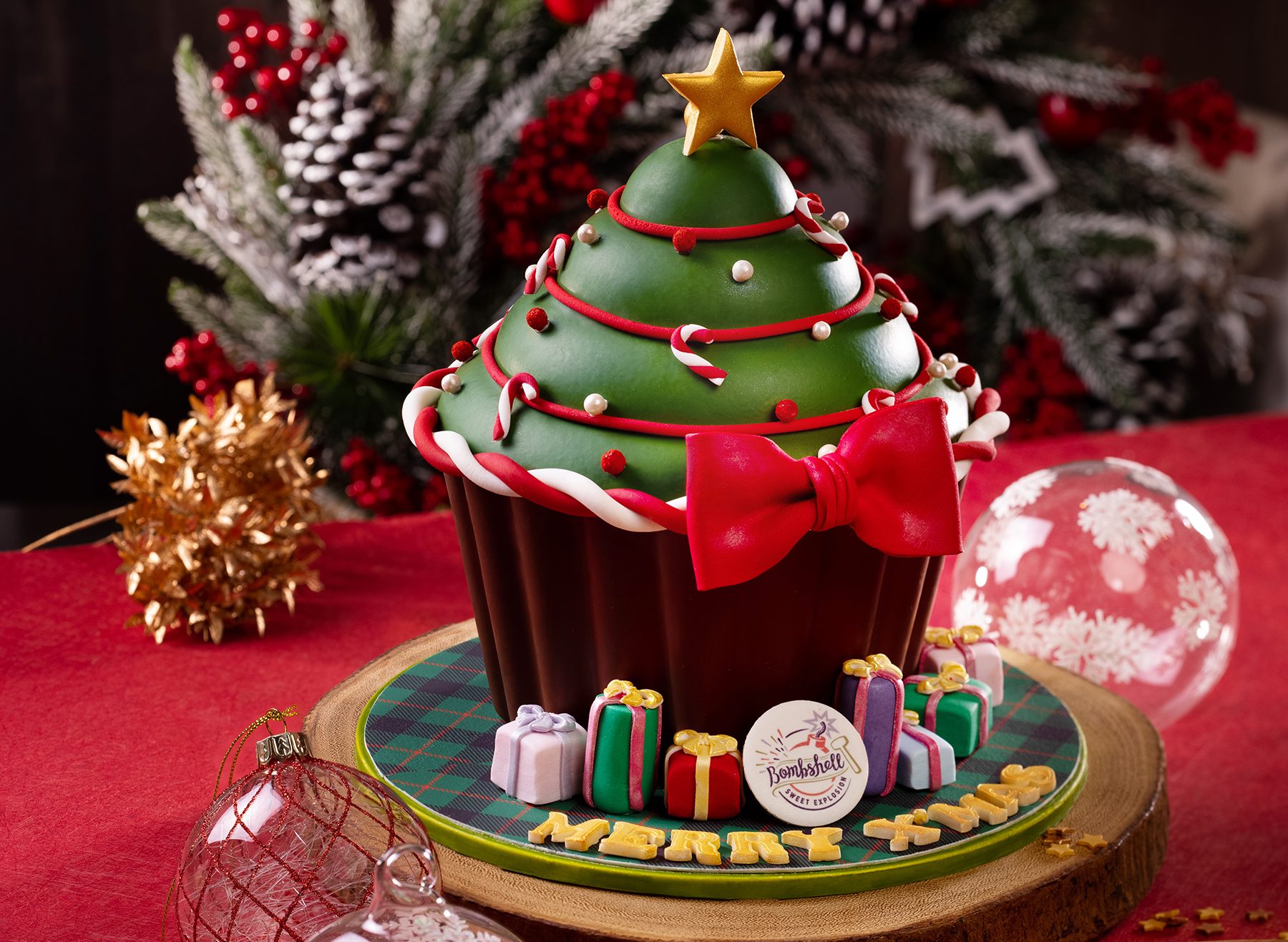Creating the dress that defined a generation was just the start for Han Chong. The Self-Portrait founder talks to Zaneta Cheng about building a global brand by getting to know his customers and understanding what they truly want and need

It’s not often that a new designer gets profiled in one of their country’s most venerable newspapers. It’s even less often that one of their pieces gets its own dedicated feature, but Han Chong’s Azalea dress was that rare fashion item that truly broke the mould. The “era-defining piece of clothing”, as The Guardian described it, stood out not only for its exceedingly feminine styling with a fitted bodice and full skirt crafted of delicate textured lace but also for its accessible price point – and immediately put Chong’s label Self-Portrait on the global fashion map.
Nearly 10 years on, the London-based womenswear brand is still going strong with an extensive offering of dresses, knitwear, swimwear, handbags and more. Chong, who grew up in Penang and studied fashion design at Central Saint Martins, talked to us on his recent visit to Hong Kong to launch an exclusive capsule for Lane Crawford’s holiday collection.

How did you get started and how did you get to that dress? Who was the girl you were designing for in the beginning?
Living in London at that time it was either very high fashion or high street brands like Topshop. So I was thinking, why don’t I do something in the middle? Social media was also becoming very popular. And I think that’s why the dress became so popular – it was so photogenic and people started to recognise it.
What is a photogenic dress?
I think the silhouette is very important. It needs to be memorable so you can recognise it right away in a sea of social media posts. Back then, influencers were just starting to become a thing. Because we didn’t have much budget, we put a lot of effort into giving influencers access to samples. From the very beginning, we were supporting influencers and building our friends and family. That’s why, even now, we have very close relationships with them.
With such a successful start, did it ever feel like you had to really work to disassociate yourself from that dress? Did you have to reinvent and kind of move your brand beyond this one dress?
The first three years we focused on doing similar things over and over, like a lot of lace dresses but in different silhouettes. Because the market is so crowded, it’s very important to have a signature. You repeat, doing similar things for a while so everyone can recognise your signature.

So it was a deliberate strategy.
Yes, people come to you for a certain thing and then you repeat it or do something similar. Afterwards, you start to build a wardrobe for the customer who likes that dress. What else does she need? How about when she goes to a different event? What does she wear to work? It’s very important to think about why she bought the dress, what about it makes her feel confident.
Instead of thinking about what you want to design, you think about how she wants to feel at a particular event or, given what’s happening in the world, how she wants to feel at home. After the pandemic, we’ve adjusted by creating pieces that have much more ease to them, they’re more versatile and can serve different purposes. So it’s very important to think about how she wants to feel when she wears your pieces. You design according to that and then it stays relevant.
Also see: 100 Takes: Phoebe Richardson’s holiday food journey
Your brand showcases a very specific kind of femininity. Can you tell me how you ended up creating this particular aesthetic?
I think it’s about celebrating and empowering women in clothes. I feel like every girl has this femininity but they might express it in different ways. My aesthetic is slightly more feminine but it’s about finding a balance between feminine and masculine. So when you wear a piece that’s more feminine, maybe you pair it with a sneaker or boots.
I noticed there’s a reissue in pink of the bow dress that was in white last season. And then all of a sudden there are so many rhinestones, which are a sexier look. How did you decide for this collection to do the pink stuff, the cute stuff and then also…
We’re selling globally. So every collection it’s very important for me to think about each particular territory. For example, in Asia, what kind of lifestyle do they have? Even with America or the Middle East, they all have a different cultural reference and lifestyle. It’s very important to respect that when you design for them. It’s a kind of global curation referencing different places.

Do you have any examples you can share?
In the Middle East, like in Dubai, they can wear pieces that are not really sexy but more short-sleeve or shorter dresses that are still very modest. In the US it’s different, for example, in LA compared to New York because of the weather. You have to consider these things when you’re building a collection. It’s very important if you want to grow that market. You have to think about the lives your consumers are living.
What about the buy here at Lane Crawford? How is it different from other regions?
I always find that in Asia the buy is much more fashion-forward compared to European countries and especially the US. In the US they buy more classic pieces and in general the pieces in Asia are all from my more trendy selection. For example, people here love the newer fabrications like the rhinestone.
Do you have a team that does this for you?
Usually I travel and I see for myself. But during Covid, since we couldn’t really travel, we had to study the data. Direct consumers are a very big part of our business, and now we can see what people are buying, the data coming from different countries and then feedback based on how sales are doing in each market. You talk to the buyer and understand what they actually need, what’s been popular in that particular territory.
Also see: 5 things to know about musical talent Kang Daniel
Has the woman you were designing for in the very beginning changed after so many years and so much research?
For sure, because times change, everything in the world changes. It’s important to understand how lifestyles are changing, otherwise your brand gets outdated. Especially with the pandemic, everyone’s lifestyle changed. People used to go out a lot more but now they require different clothes. They want something a bit more comfy that they can wear to work and then somewhere else. That’s an element you have to consider when you’re designing. For the resort collection, I feel like the whole world is kind of slightly opening up so it’s more like a celebration. The use of colour is much more daring. People have been stuck at home for so long, they want to go out and get noticed. They want to get attention.
Before when you came to Hong Kong, what did you learn from the customers here?
I used to come here often, like every three months, because my factory is in China. I learned a lot from meeting customers because it’s just a very different lifestyle. Here, I think either it’s the career woman who likes to dress in a more powerful way or the proper ladies who enjoy things like high tea. That’s very popular for us because we can do it the Self-Portrait way.

Tell us about the resort collection and exclusives you’ve created for Lane Crawford.
Resort is in store in November, so you have to think about the lifestyle your customer wants to create for herself. She’s going on holidays, she’s going to a Christmas party – you have to build a wardrobe for her and then the weather is changing, it’s getting cold, so she needs knitwear. What kind of knitwear can go with those outfits? You start building that communication. For Lane Crawford, some of the colours have a handbag to match. We take the fabric from a jacket and then we use it to make the handbag. Then for the festive season, like Christmas or Chinese New Year, you have an outfit that matches.
It used to be that designers were so focused on creativity and much less on business. So did business come easily to you? Because it seems like you’re looking over everything.
It’s my Asian background. I grew up helping my dad with his business. So I think it comes very naturally for me. And then I get inspired by understanding what my customer is looking for. I like to analyse everything – what’s selling, why it’s selling, why someone picks something up. It’s very natural for me to think that way. If something doesn’t sell, you also analyse why it doesn’t sell. Is it the colour? Is it the fit? Is the fabric too heavy for the particular weather?
Is there something you believed in that you had to try again?
For example, knitwear has become very popular. Every season, we upgrade with a different material and we add sequins. Or we add something sparkling for Christmas. Every season you try to improve what you’ve done before, and then you get feedback from customers or from buyers, and you always want to make them a better version.
Also see: Vista: A new Italian dining journey at the former Aqua at One Peking





